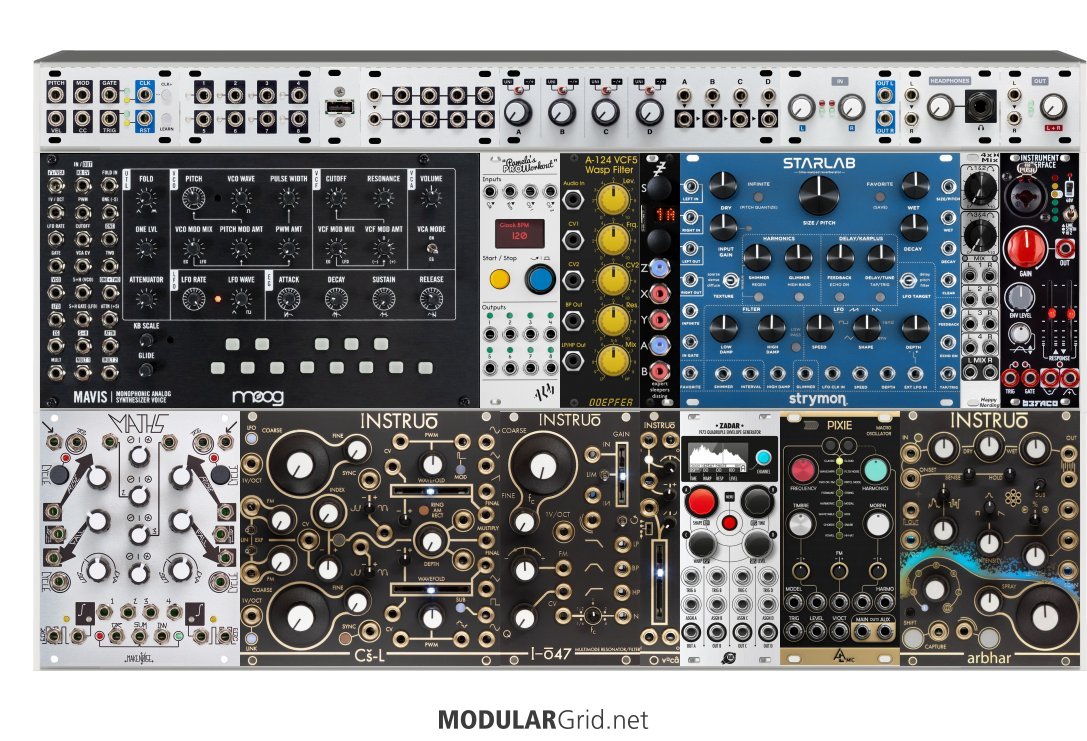On the utilities front, I would be curious for a few more specifics. I do have Maths, Pamela's Pro, the Zadar, Quadratt, the Belfaco Instrument Interface, the Intellijel MIDI CV and Expander (I have a Zaquencer that I can use to sequence up to four channels), the Happy Nerdings 4X mixer and lots of utility functions built into the other modules so I thought I was pretty well covered. Still, I am new to this and very much appreciate the learnings I've got from spending a lot of time (probably too much!) on this site and ModWiggler. So let me know.
Thanks.
-- BobOD
read my signature... and think about it!
maths: yes it has some utilities built in, but if you use it for more than just the blatently obvious, ie you download the 'maths illustrated supplement' and work your way through it a few times concentrating on what, why & how maths is doing what it's doing... and keep using it in this way (& this is really what makes maths worthwhile) then those utilities will be used up in self patching... maths is much more than the sum of its parts... it's in a lot of ways a microcosm of modular - a module that can be self-patched in order to program it to do more interesting things than it appears able to do just by looking at it
pams: again, whilst it has some utilities built in, they are mostly for internal use...
zadar: modulation source. not a utility...
befaco instrument interface: I'd class this as a sound source, not a utility... great module - I have 2...
intellijel midi module & expander: again not really utilities... I kind of left out sequencing, although I'd be tempted to consider them modulation sources...
happy nerding mixer: yes a utillity... but you need lots more of these in practice... they're for cv as well as audio
"utility functions in other modules": only convenient for that module, you'll also need them to be in separate modules so they can be patched elsewhere
utility modules really means modules that can route signals about & modify them... by copying (multing them), switching them about, mixing and modifying them... they're one of the big difference from fixed architecture synths... they're what really allow you to patch your modular in different ways...
"some of the best base-level info to remember can be found in Jim's sigfile" @Lugia
Utility modules are the dull polish that makes the shiny modules actually shine!!!
sound sources < sound modifiers < modulation sources < utilities



